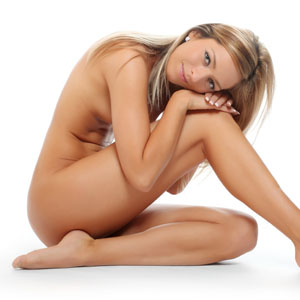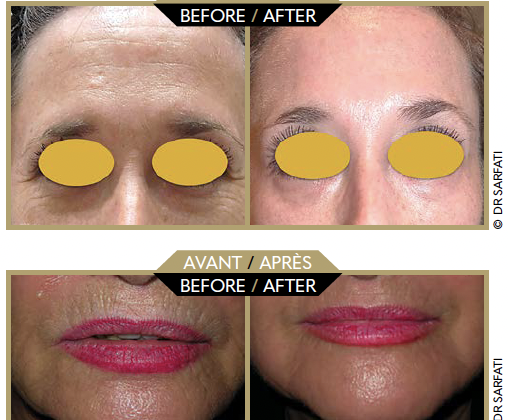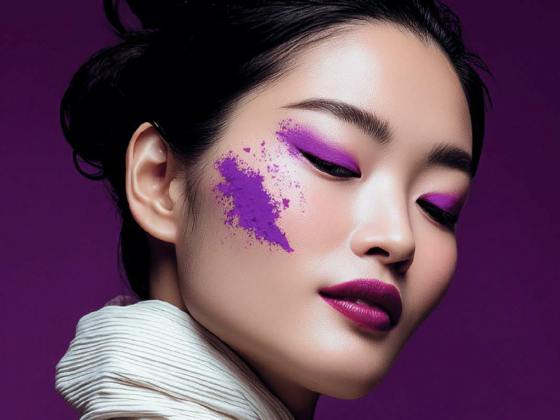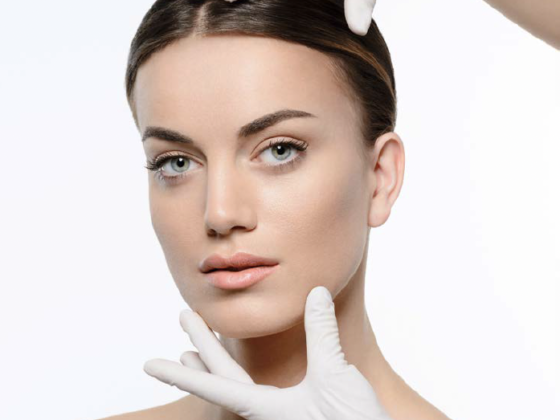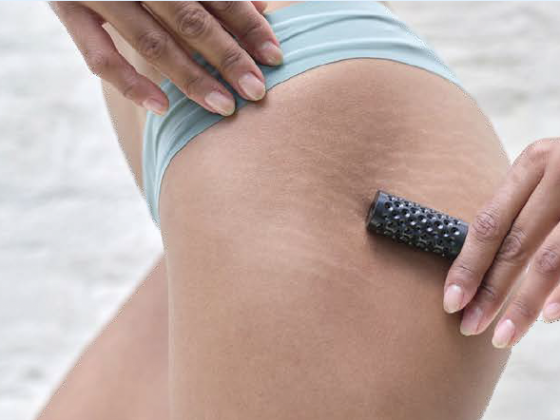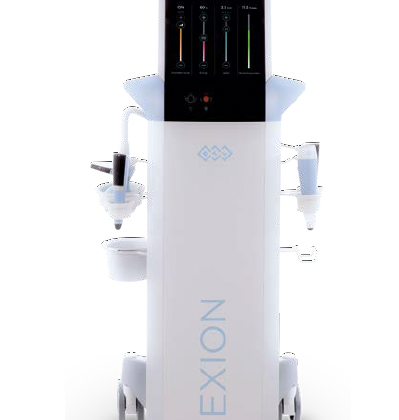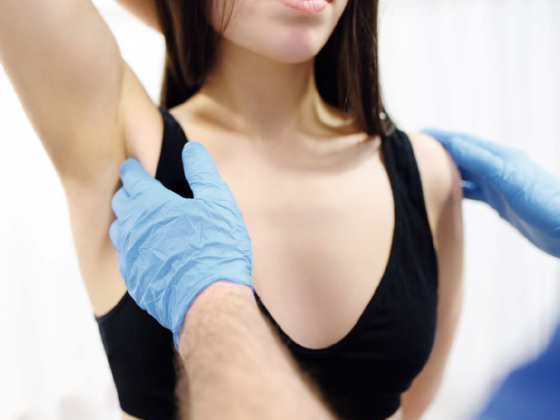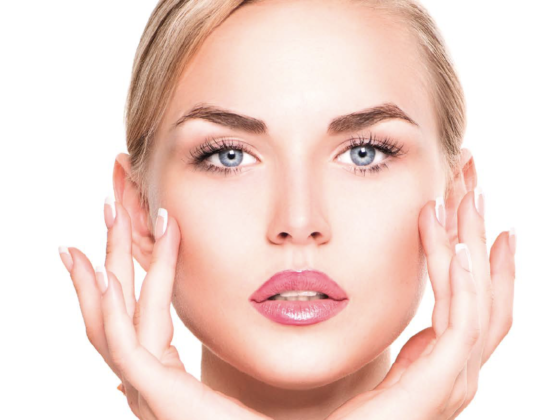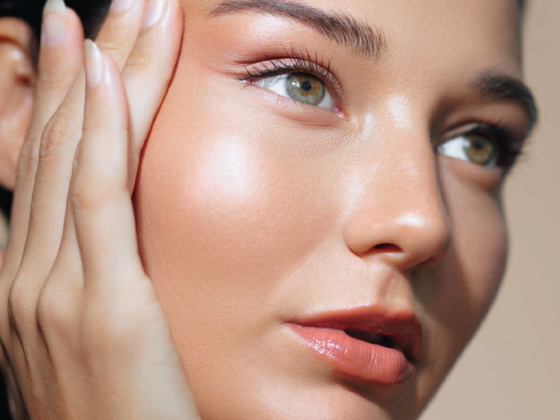By Doctor Gilles Korb
With the onset of summer, marks on the skin are the subject of many a consultation. These marks can be caused by a wide variety of things. Once we get to summer, it is already too late to start treating them, but it is not too late to have an examination, which will allow your doctor to prepare a suitable treatment plan to start in September. Meanwhile, make sure you use plenty of sun protection!
The role of melanin
Melanin is a pigment which protects the skin from the sun’s carcinogenic UV rays through tanning and also determines the colour of the skin and hair. There are six different skin varieties, from phototype 1 (red-headed Celt with pale white skin) to phototype 6 (African with very dark skin).
Melanin comes from specialist cells, melanocytes. When stimulated, the melanocytes synthesise pigment which spreads through the epidermis. We all have approximately the same number of melanocytes (1,000 to 2,000 per mm2 of skin) but it is the concentration of melanin that differentiates us.
Multiple factors determine our skin pigmentation: age, sex, ethnicity, where we live, climate and seasons, area of the body concerned, hormones.
What causes pigmentation marks?
– The sun’s UV rays are the main culprit. These brown marks, called lentigos, appear on exposed areas: face, neck, décolletage, back of the hands.
– Local inflammation: skin diseases (acne, eczema, chronic rubbing), accidental burns or a reaction to certain cosmetic treatments.
– Photosensitising agents: medicines (tetracycline or quinolone antibiotics, anti-epilepsy medicines) and certain cosmetics (bergamot).
Your practitioner will choose the treatment that is best suited to your case, according to their experience. Plan for several sessions, leaving sufficient time in between and avoiding the summer or any time you plan to tan. In all cases, sun protection is vital: clothes, hat, sunglasses, sunscreen.
Peels are commonly used. The active ingredient (weak kojic, glycolic, trichloroacetic acid) is chosen according to the skin type. The skin must be prepared prior to the session and maintenance treatments are required afterwards.
Lasers abrade the skin’s surface and destroy the targeted cells. Fractional lasers limit secondary inflammation and the risk of re-pigmentation. This is why lasers should not be used on dark skin.
Intense pulsed light (IPL) is particularly recommended for pale and sensitive skin, fragile areas (neck, décolletage, eyelids) and to treat the associated photo-aging.
Predicting the quality of the results remains difficult, however. Certain marks will disappear quickly, while others will only fade temporarily. Maintenance sessions will be required subsequently to treatment. In order to maintain the results of the treatment, I recommend the daily use of fruit acid creams.
Melasma (or chloasma)
A benign dermatological complaint, melasma causes irregular, often symmetrical, brown pigmentation marks on the face, neck and décolletage, particularly on dark skin. Their colour varies according to the time of year: they darken when exposed to sunshine and become lighter in winter. Melasma can appear during pregnancy (pregnancy mask) and can spread over the stomach and genital region. It tends to persist even after the birth.
Melasma makes the skin look “dirty”, which is the main complaint made by patients, as even the shortest exposure to sunlight causes it to flare up.
Despite its clear predisposition for women, its origin is unknown. However, certain factors are known to stimulate it: heredity, oestrogens (pregnancy, contraceptive pill), sunlight.
The depth of the melasma, which is assessed using a Wood UV lamp, enables us to plan which treatment should be used: the shallower in depth, the better the result.
Treatment
The best treatment is preventative: strict sun protection and sun screens. If you are taking a combined pill, you might think about changing it.
Remedial treatments include:
– Depigmenting preparations, available by prescription, such as Kligman’s or one containing azelaic acid, to be applied every night for several months. To be used alongside fruit acid-based day creams.
– Repeated, low concentration gentle peels, which are all the more effective on paler skin and superficial melasma.
It is still very difficult to predict the quality of the results.
On dark skin, which is more fragile, peels should be very low concentration and should be carried out more often in order to prevent the pigment from coming back. You should also plan for a hydrating treatment and an anti-seborrheic treatment. Lasers, however, are strongly contraindicated because the risk of side-effects is too high. At a push, adapted intense pulsed light sessions will cause the pigmentation to fade.
Surgeon of the face and neck, member of the French Society of Plastic and Cosmetic Surgery of the Face and Neck, member of the World Society of Anti-Aging Medicine (WOSAAM).







